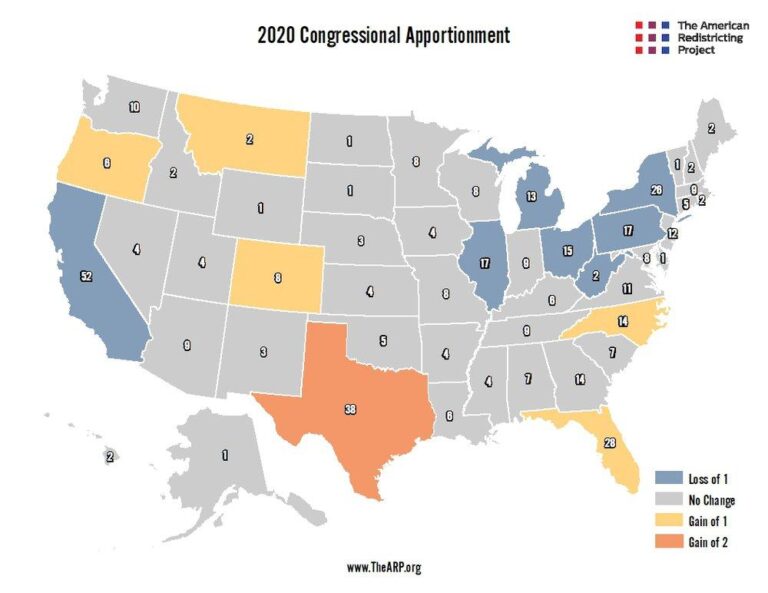Revitalizing the U.S. Census: Addressing Challenges and Charting a Path Forward
The U.S. Census remains a fundamental pillar of American governance, providing essential demographic insights that influence political representation, federal funding distribution, and policy formulation. However, recent evaluations, including reports from The Washington Times, have spotlighted significant vulnerabilities in the census methodology that jeopardize its accuracy and equity. Growing concerns about undercounts and procedural inefficiencies have prompted calls from experts and legislators for comprehensive reforms. This article delves into the primary obstacles facing the U.S. Census and explores innovative solutions designed to enhance its reliability and fairness.
Key Obstacles Threatening the Precision of Census Data
The integrity of census data is compromised by a variety of persistent issues, which in turn affect decision-making and resource distribution nationwide. One of the most pressing problems is the chronic undercounting of populations in hard-to-reach segments, including rural communities, immigrant groups, and non-English speakers. Distrust of government agencies and language barriers often discourage full participation, leading to significant demographic blind spots.
Moreover, privacy apprehensions have intensified, with many respondents reluctant to disclose personal information, further skewing data completeness. The transition to digital census forms, while streamlining data collection, has introduced new challenges such as unequal internet access and heightened cybersecurity risks. The table below outlines these challenges alongside their consequences, underscoring the urgent need for targeted reforms:
| Challenge | Consequence |
|---|---|
| Digital Divide | Reduced participation in underserved regions |
| Privacy Concerns | Incomplete or withheld responses |
| Traditional Outreach Limitations | Exclusion of minority and transient populations |
| Budgetary Limitations | Inadequate follow-up and verification efforts |
Consequences of Census Errors on Governance and Funding
Inaccurate census counts have profound implications for the democratic process. Erroneous population data distorts the drawing of congressional districts, often marginalizing communities that are already underrepresented. This misrepresentation undermines the constitutional principle of equal representation and can alter electoral outcomes, diminishing the political influence of affected areas.
Beyond political ramifications, census inaccuracies directly impact the allocation of billions of dollars in federal and state funding for vital services such as education, healthcare, infrastructure, and social welfare programs. Communities that are undercounted face substantial financial deficits, which exacerbate existing inequalities. The table below illustrates the potential fiscal losses resulting from just a 1% undercount in key sectors:
| Sector | Estimated Annual Funding | Loss from 1% Undercount |
|---|---|---|
| Public Education | $16 billion | $160 million |
| Healthcare Programs | $32 billion | $320 million |
| Transportation and Infrastructure | $12 billion | $120 million |
- Misallocation of funds leads to under-resourced essential services.
- Service quality declines, disproportionately affecting vulnerable populations.
Ensuring the accuracy of census data is critical not only for political equity but also for the fair distribution of public resources. Without decisive reforms, demographic disparities will continue to widen, undermining social cohesion and economic opportunity.
Harnessing Technology to Revolutionize Census Data Collection
Emerging technologies offer promising avenues to address longstanding census challenges and improve data fidelity. The integration of artificial intelligence (AI) and machine learning can automate the identification and correction of inconsistencies in real time, reducing human error and enhancing overall data quality. Additionally, deploying mobile data collection teams equipped with live connectivity enables census workers to verify addresses, update records instantly, and minimize data transmission delays.
Innovations such as biometric authentication, paired with robust encryption standards, can safeguard respondent identities while preventing duplicate or fraudulent entries—a problem that has historically compromised census accuracy. The following table summarizes key technological tools and their anticipated benefits:
| Technology | Purpose | Advantages |
|---|---|---|
| AI-Powered Validation | Automated error detection | Improved accuracy, reduced manual intervention |
| Mobile Data Units | Instant data capture and submission | Faster processing, enhanced field coordination |
| Biometric ID Verification | Secure identity confirmation | Eliminates duplicates, strengthens data security |
| Blockchain Technology | Immutable data storage | Ensures transparency and auditability |
Essential Policy Changes to Foster a Transparent and Inclusive Census
Rebuilding confidence in the U.S. Census requires sweeping policy reforms focused on impartiality, transparency, and inclusiveness. Establishing independent oversight bodies can mitigate political influence and guarantee that census operations are conducted with integrity. Public disclosure of data collection methodologies and ongoing reporting will empower citizens to scrutinize and trust the process.
Addressing the persistent undercount of marginalized groups demands targeted outreach and resource investment. Recommended policy initiatives include:
- Comprehensive outreach campaigns tailored to engage immigrant communities, low-income households, and other historically undercounted populations
- Enhanced funding for technological upgrades to streamline enumeration and minimize errors
- Systematic post-census audits to detect and rectify discrepancies promptly
| Reform Focus | Objective | Expected Outcome |
|---|---|---|
| Oversight Committees | Ensure neutrality and accountability | Minimized political bias |
| Targeted Outreach | Boost participation among vulnerable groups | More comprehensive demographic data |
| Technology Investment | Increase efficiency and precision | Reduced enumeration errors |
| Post-Census Audits | Verify data accuracy | Enhanced public trust |
Final Thoughts: The Imperative of Census Reform
Addressing the systemic issues plaguing the U.S. Census is not optional—it is vital for the health of American democracy and equitable governance. Accurate population data forms the backbone of fair political representation and the just allocation of billions in public funding. As stakeholders deliberate on the future of the census, prioritizing transparency, inclusivity, and technological innovation will be key to restoring its credibility and effectiveness. Without a unified commitment to reform, the census risks perpetuating disparities that affect every facet of American life.





